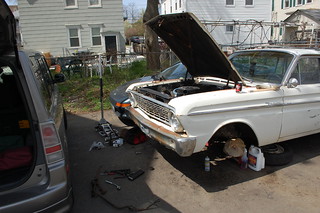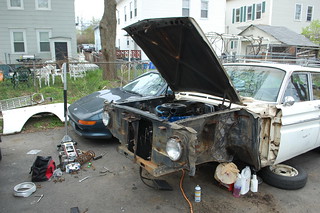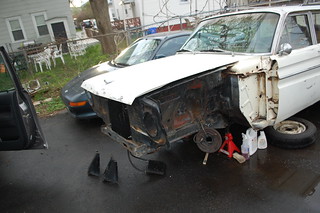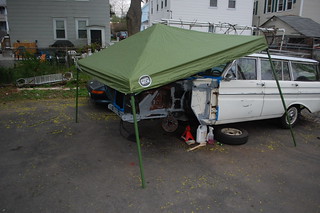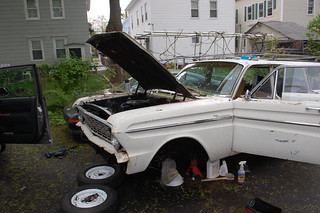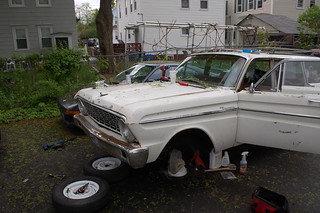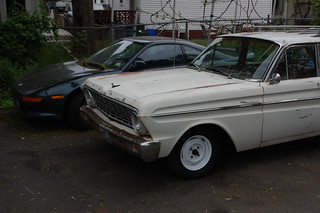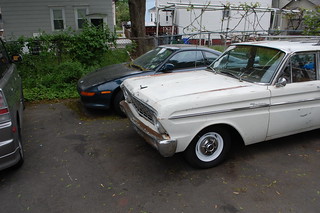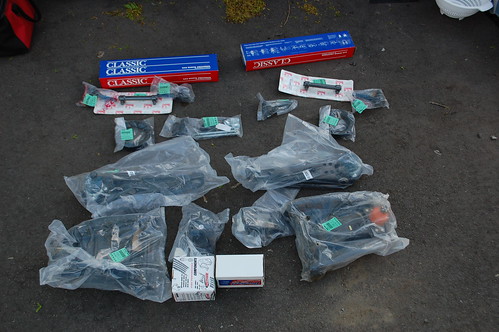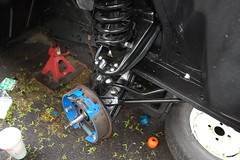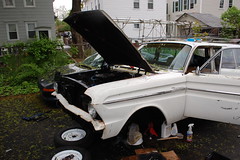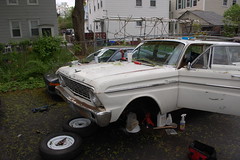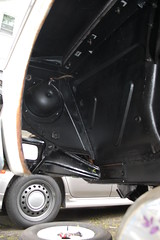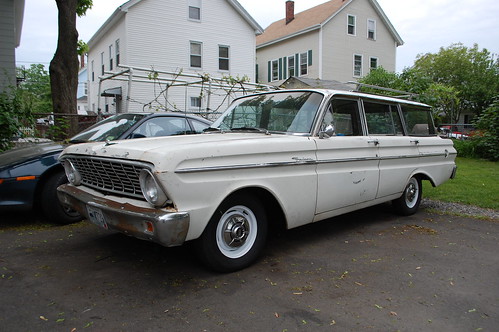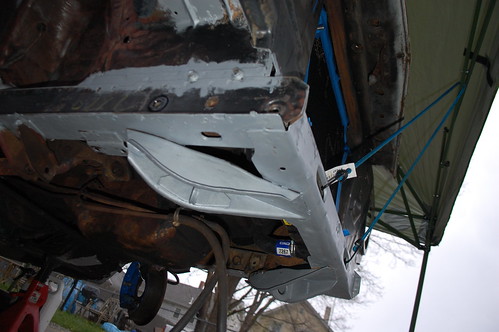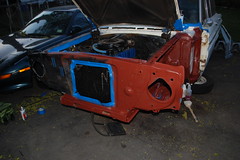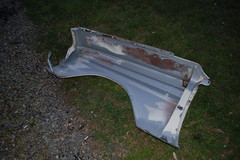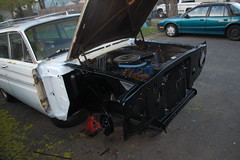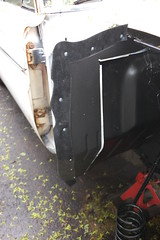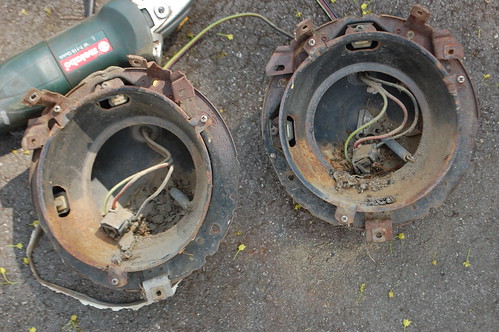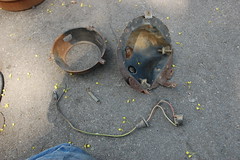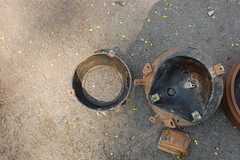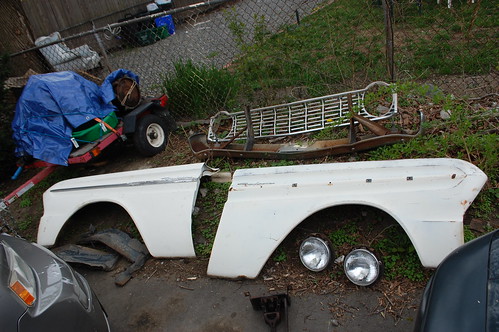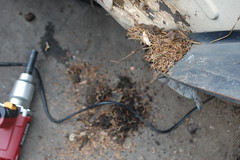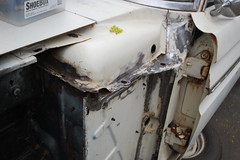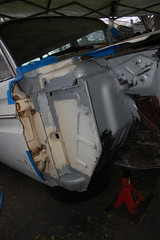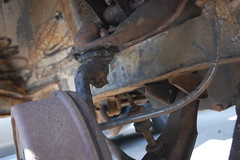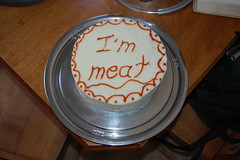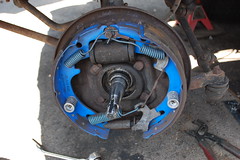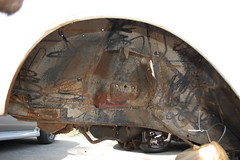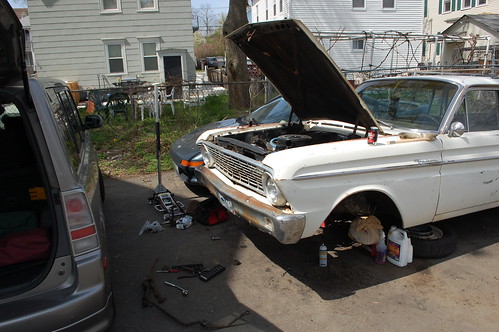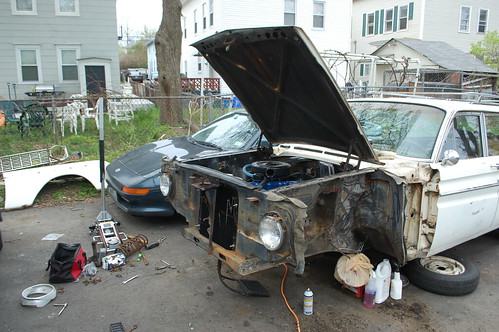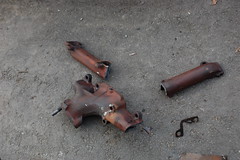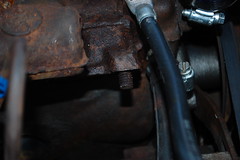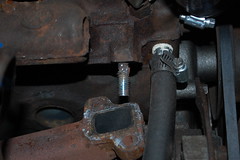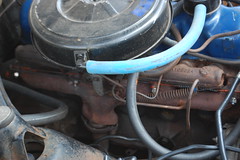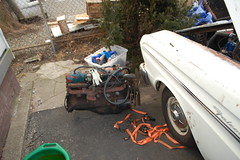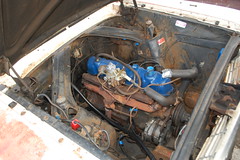I sold the wagon this weekend. It had been sitting since we bought the house, and I had no enthusiasm to work on it any more. I finally got tired enough of it taking up a garage space for no reason. So it went up on Craigslist and the first person who actually came out to look at it bought it. 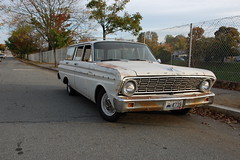
He owns a small gas station and is thinking of getting it logoed up like and old service car. Whatever he does with it, it’ll be getting used instead of just sitting taking up space I don’t really have.
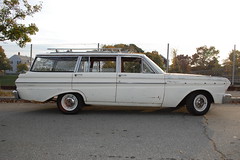 I will miss the wagon, it looked really cool, and on the few occasions when I could drive it it was a lot of fun. But those times were too far and few between and I simply don’t have the money it needed to be made more reliable nor the space to store it until I had that money.
I will miss the wagon, it looked really cool, and on the few occasions when I could drive it it was a lot of fun. But those times were too far and few between and I simply don’t have the money it needed to be made more reliable nor the space to store it until I had that money.
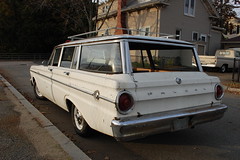 I lost money on it, but then I always lose money on cars I own. I did get enough back out of it to not feel like I got completely screwed. And I’ve already used some of the money to buy things I need for the truck. I’ve got some patch panels, new mirrors and a few other things being shipped to me right now. This past weekend I went to a flea market and found some custom tail lights and a few other pieces.
I lost money on it, but then I always lose money on cars I own. I did get enough back out of it to not feel like I got completely screwed. And I’ve already used some of the money to buy things I need for the truck. I’ve got some patch panels, new mirrors and a few other things being shipped to me right now. This past weekend I went to a flea market and found some custom tail lights and a few other pieces.
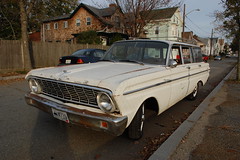 Also I’ve now got a garage space to put the truck in, so I can work on it without worrying as much about the weather, and our driveway is less cramped. So in the end it was a good thing, but I’m still going to be a bit sad that it is gone.
Also I’ve now got a garage space to put the truck in, so I can work on it without worrying as much about the weather, and our driveway is less cramped. So in the end it was a good thing, but I’m still going to be a bit sad that it is gone.

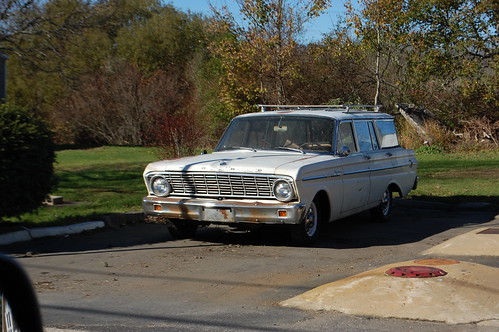

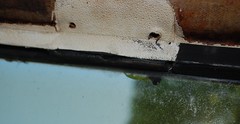
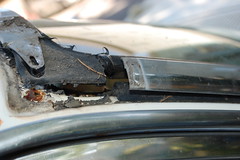
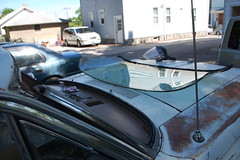
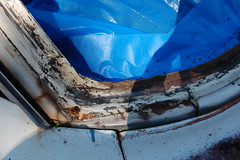
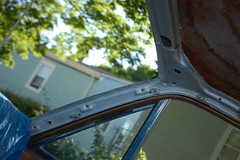



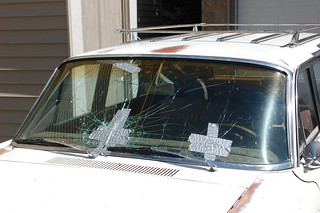
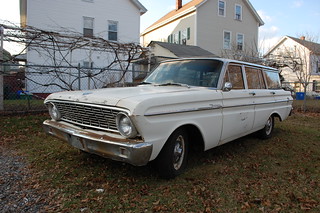 Before I started, the wagon with it’s worn out front suspension & rusty wheels. The original plan had been to simply replace the front suspension, cleaning up and painting the parts & mounting points as needed.
Before I started, the wagon with it’s worn out front suspension & rusty wheels. The original plan had been to simply replace the front suspension, cleaning up and painting the parts & mounting points as needed.